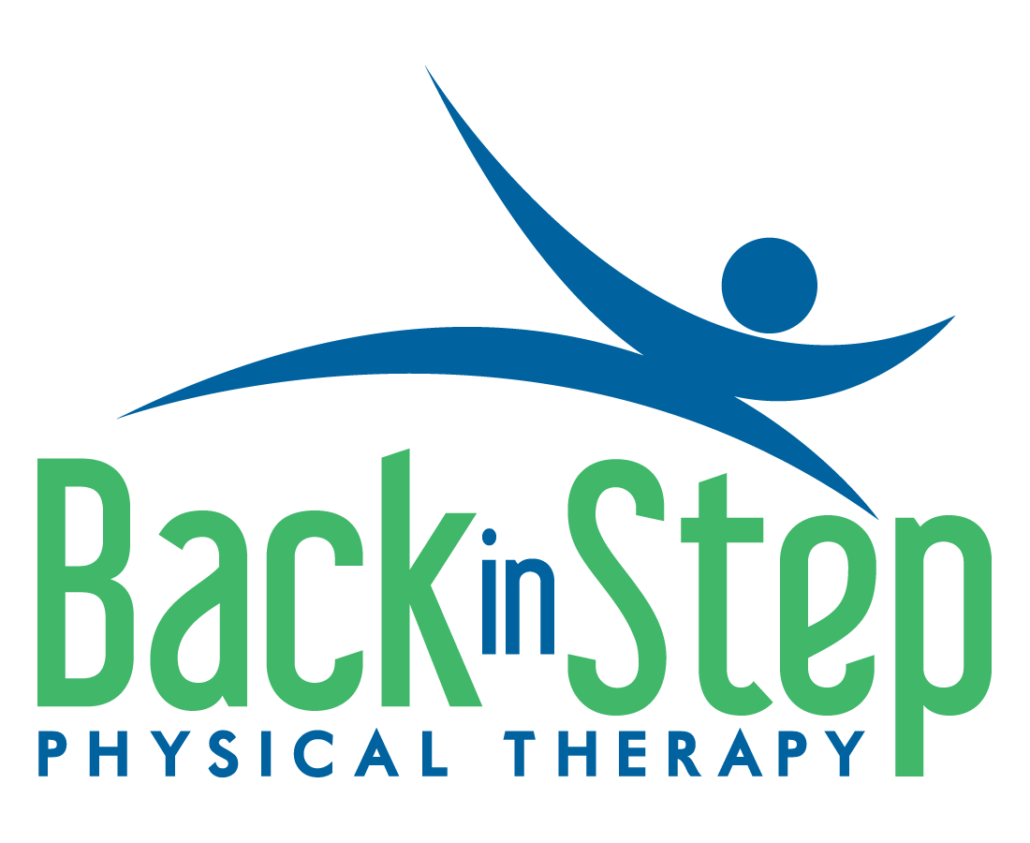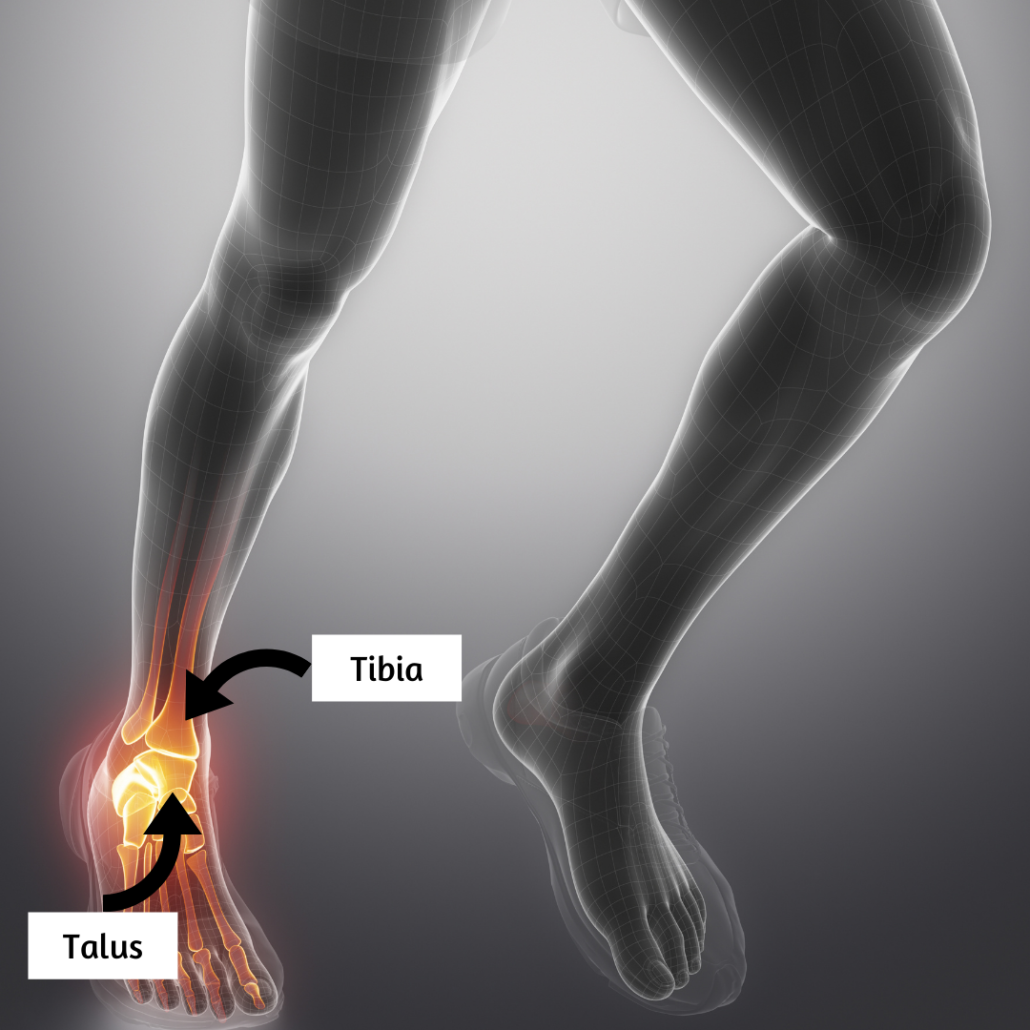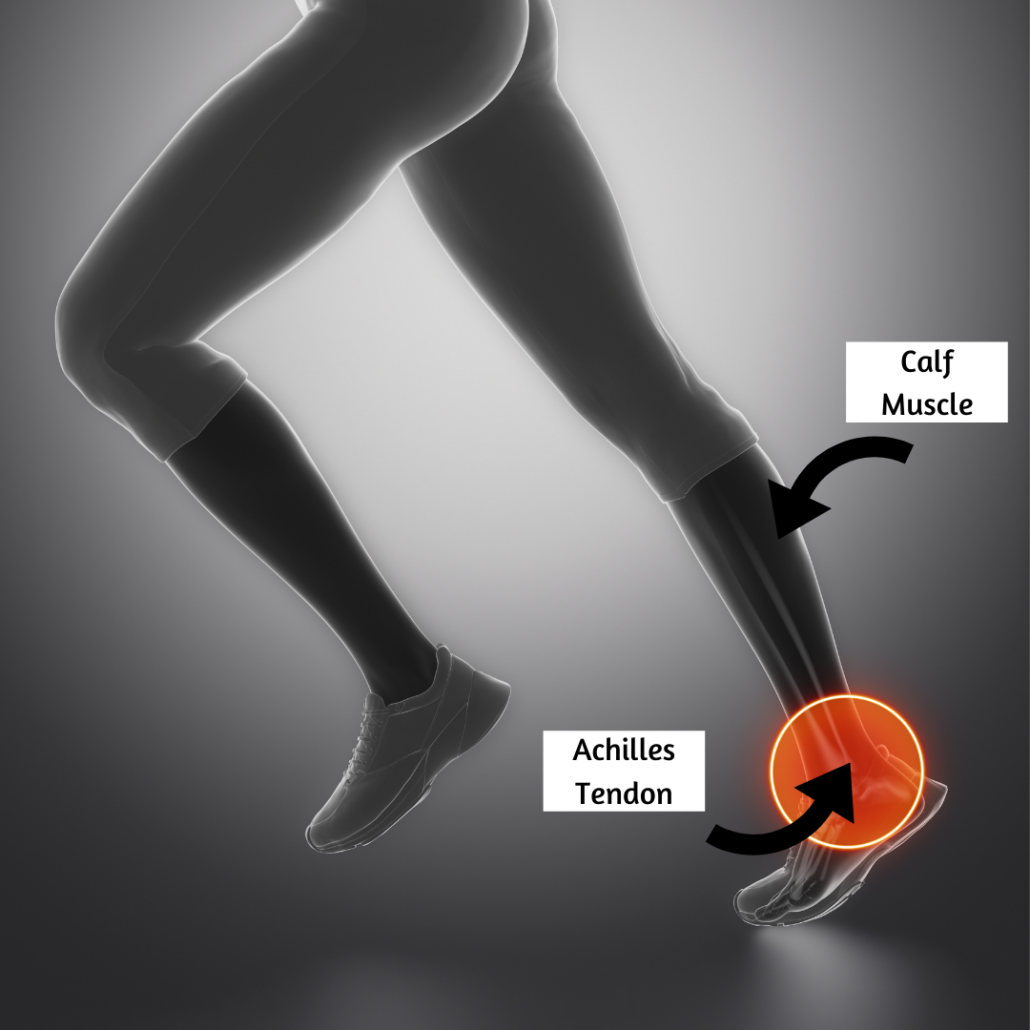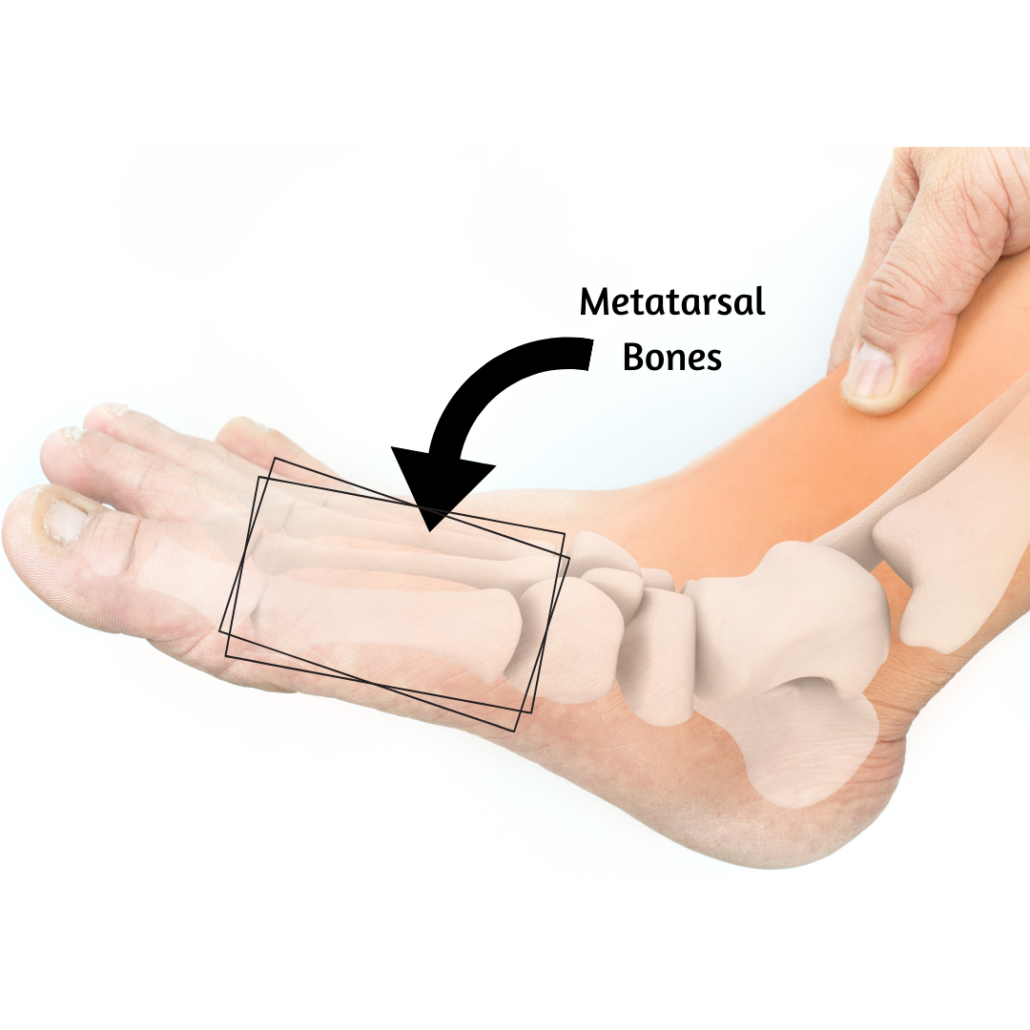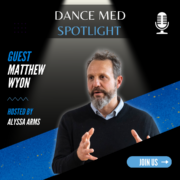Dancers’ Great Superpower
 Dancers are very aware of their bodies! They absolutely need this awareness for a routine either in class, rehearsal, or on stage. However, dancers tend to ignore their injuries due to the very real fear of not being able to keep doing what they love. Dancers should use their “hyperawareness of their bodies” superpower for good to ultimately prevent future, harmful dance injuries! How are they able to do this?
Dancers are very aware of their bodies! They absolutely need this awareness for a routine either in class, rehearsal, or on stage. However, dancers tend to ignore their injuries due to the very real fear of not being able to keep doing what they love. Dancers should use their “hyperawareness of their bodies” superpower for good to ultimately prevent future, harmful dance injuries! How are they able to do this?
Well, we’ll tell you!
Through education of common dance injuries, importance of dance injury prevention, and importance of seeing a dance medicine physical therapist (PT) when experiencing symptoms of these common dance related injuries, dancers can use their superpower to keep them happy and healthy and doing what they love!
Dancers are the most hardworking and dedicated athletes out there! However, this hardworking and dedicated nature is what often leads to dance related injuries. These injuries could be overuse injuries or acute injuries, resulting in dancers having to sit out for rehearsals and performances. We have a list of five of the most common dance related injuries and their signs/symptoms to look out for.
Hip Impingement 1,2
What is Hip Impingement?
Hip impingement is when the bones of the hip joint become close together due to repetitive motions dancers do in class. You have two bones that make up your hip joint: the acetabulum and head of the femur.
As the hip joint moves when doing big movements, such as grand battements, your two bones collide more with one another. This places more pressure on the hip joint and can lead to hip pain.
Superpower Sense for the signs and symptoms of hip impingement
Pain in the following positions:
-
-
- Hip flexion (i.e. when you do a battement)
- Internal rotation (i.e. when you turn in)
- Passé
- Developpé a la seconde
-
Patellofemoral pain syndrome 1,3
What is patellofemoral pain syndrome?
Patellofemoral pain syndrome, also known as “runner’s knee,” is a common knee injury leading to pain under and around the patella or “kneecap.” There are unknown causes of patellofemoral pain syndrome, but we do know that it can be due to muscle imbalance. Muscle imbalance means that one muscle surrounding the knee joint is overworking while another is underworking.
Are you a dancer who thinks they have patellofemoral pain syndrome? Well we can help! Check out this link to our Pain in the Plié program that can help dancers manage their knee pain.
Superpower Sense for the signs and symptoms of patellofemoral pain syndrome
Pain in the front or around the knee in the following positions:
-
-
- Jumping
- Pliés
- Going up stairs
-
Ankle impingement 1,4
What is ankle impingement?
Your ankle joint is made up of two major bones: distal tibia and talus. There are many different structures that surrounds this ankle joint, such as muscle, tendons, and ligaments.
Ankle impingement is pain in either the front or back of the ankle due to these surrounding structures getting compressed. This compression happens in dancers because dancers have to move their ankles through extreme motions during class, rehearsal, and performances. Maximally flexing or pointing your foot or going onto relevé on pointe throughout class can put dancers at risk of developing ankle impingement.
Superpower Sense for signs and symptoms of ankle impingement
Pain in the front of the ankle with the following positions:
-
-
- Plié
- Landing from any type of jumping movement
-
Pain in the back of the ankle with the following positions:
-
-
- Tendu
- Relevé
- Any position where the foot is maximally pointed
-
Achilles tendonitis 1
What is Achilles tendonitis?
The Achilles tendon is the tendon of the calf muscle that attaches to the heel bone, or the calcaneus. The calf muscle is responsible for pointing the foot, a controlled relevé, and “quiet” landing from a leap.
Achilles tendonitis is a common overuse injury in dancers where the Achilles tendon, or calf tendon, becomes inflamed and irritated. This could be due to excessive training or using the incorrect muscles when dancing. To learn more about preventing Achilles tendonitis and other related injuries, check out this link to our previous blog post on the hot topic of stretching before dancing.
Superpower Sense for signs and symptoms of Achilles tendonitis
Pain in the back of the ankle, just above the heel that may feel better after warm up, but worse with the following:
-
-
- Pointe work
- Jumping
- Pointing the foot
-
Stress Fracture 5
What is stress fracture?
A stress fracture means that there is a small fracture within a bone because of an increased stress to the body. Stress fractures are commonly associated with increased intensity or volume of training workload, such as several, 8 hour (or longer) rehearsals leading up to a big performance or competition. In dancers, these stress fractures occur in the bones throughout the legs, ankles, and feet. The most common stress fracture for dancers are the in metatarsals, or the long bones in the middle of the feet.
Superpower Sense for signs and symptoms of stress fracture
-
- Pain during dancing but subsides with rest
- Pain gradually worsening over time when continuing to put weight through the painful area
- Swelling and tenderness around the painful area
Go Out and Conquer that Stage!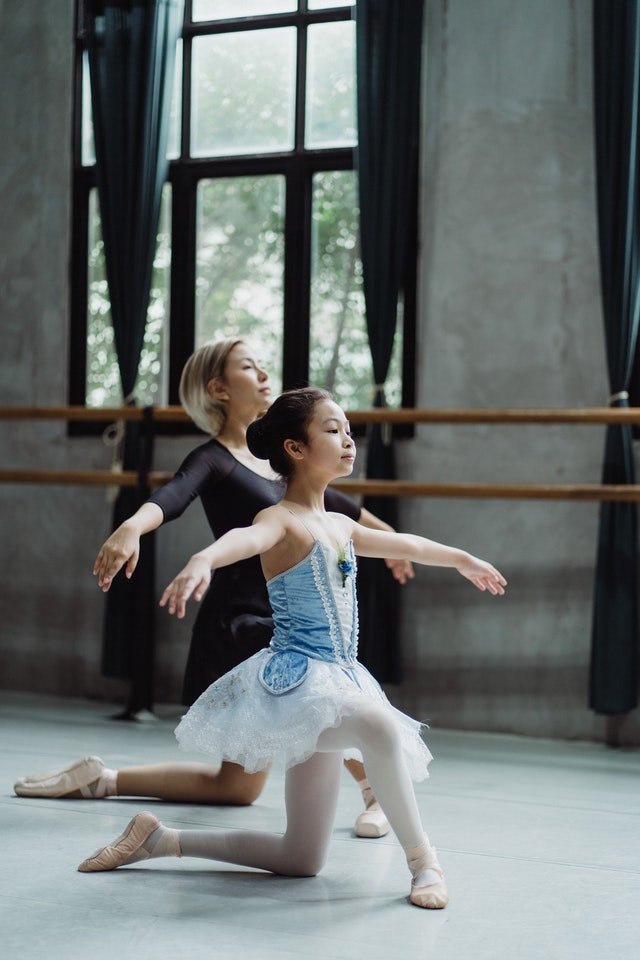
Now that you’re familiar with some of the most common dance related injuries, it is time to put your superpower to the test!
Make sure to keep an eye out for the signs and symptoms of these injuries so that you can take good care of your body. Don’t let that injury linger or think that the injury will just disappear. Seeing a dance specialist PT will help you manage your pain sooner and help you understand more ways you can protect your body from injury now and in the future. So, start using that superpower of understanding your body to keep on killing it in today’s and future classes, rehearsals, and performances!
Give us a call at Back in Step Physical Therapy to get started on your journey to wellness with a dance medicine specialist.
Also check our our Dancer’s Kit!
Guest Blog by Marissa Holliday, SPT
Marissa Holliday is a second year Student Physical Therapist at the University of Colorado-Anschutz Medical Campus. Marissa has a background in various styles of dance (jazz, contemporary, lyrical, tap, ballet, and hip hop) and is no stranger to dance injuries. She currently works as an intern for Back in Step Physical Therapy, and is excited to learn more from Dr. Alyssa Arms on working with this amazing dancer population as a future physical therapist.
References
- Krysten Malcolm DPT. 7 Common Dance Injuries (and How to Prevent Them). neurotour. https://www.neurotour.com/blog/7-common-dance-injuries. Accessed November 28, 2020.
- Hip Impingement. Johns Hopkins Medicine. https://www.hopkinsmedicine.org/health/conditions-and-diseases/hip-impingement. Accessed November 28, 2020.
- Paul Ingraham • updated Nov 14 2020. What Works for Patellofemoral Pain? What Doesn’t? Why? www.PainScience.com. https://www.painscience.com/tutorials/patellofemoral-pain-syndrome.php. Published November 14, 2020. Accessed November 28, 2020.
- Ankle Impingement. Physiopedia. https://www.physio-pedia.com/Ankle_Impingement. Accessed November 28, 2020.
- Stress Fractures. Physiopedia. https://physio-pedia.com/Stress_Fractures?utm_source=physiopedia. Accessed November 28, 2020.
